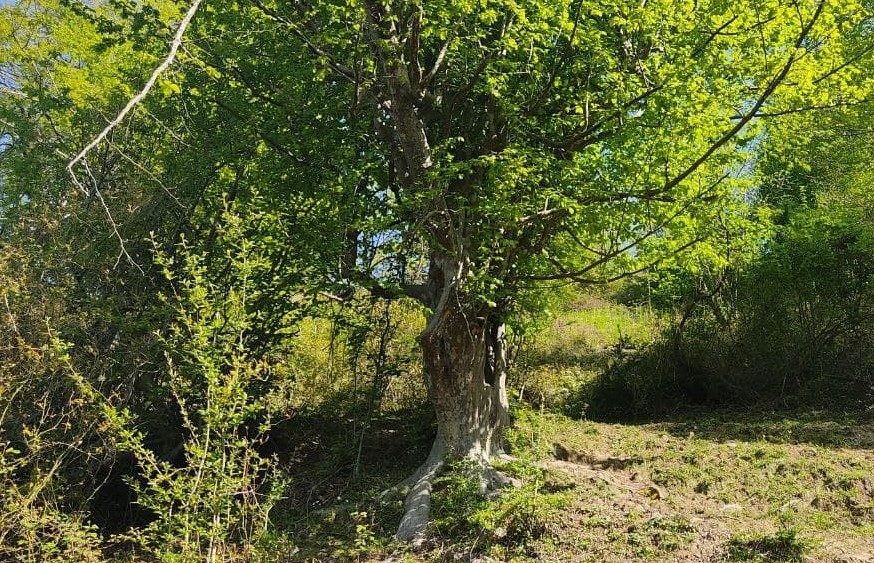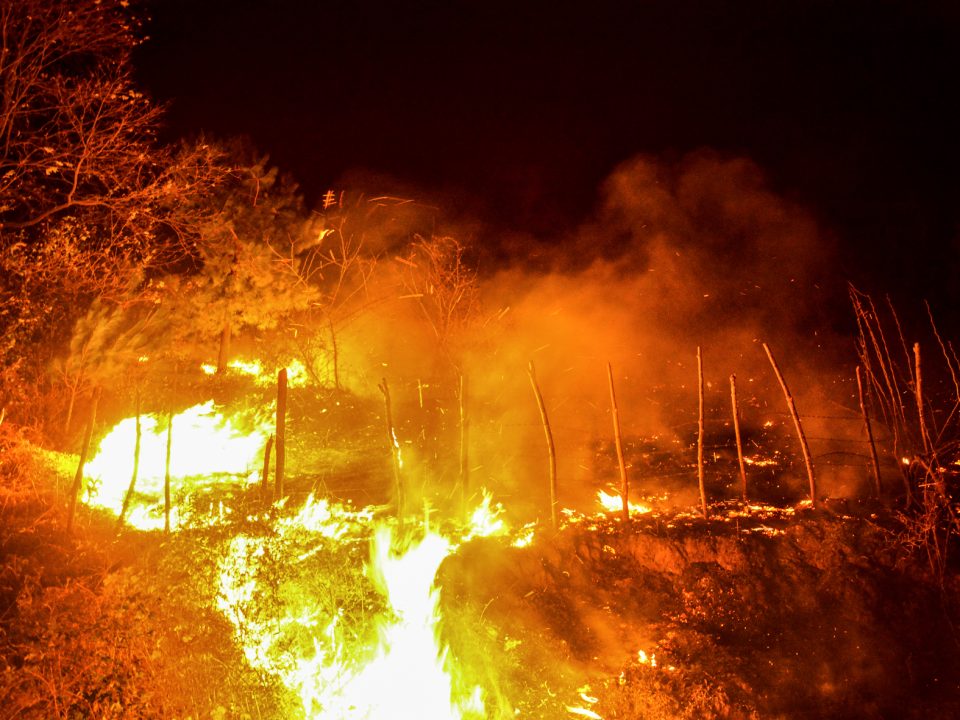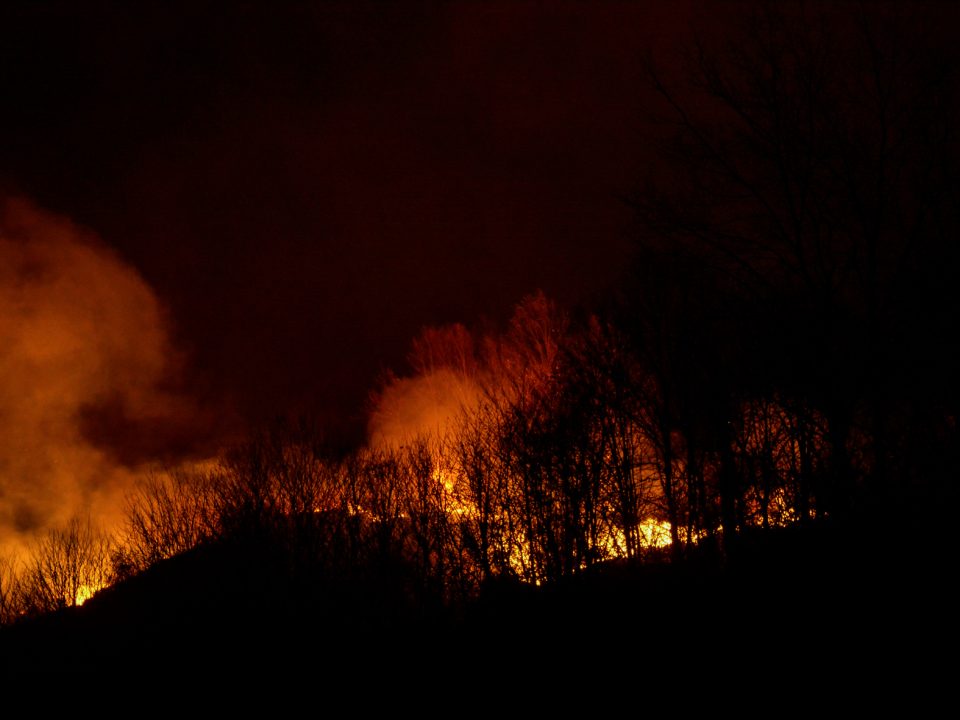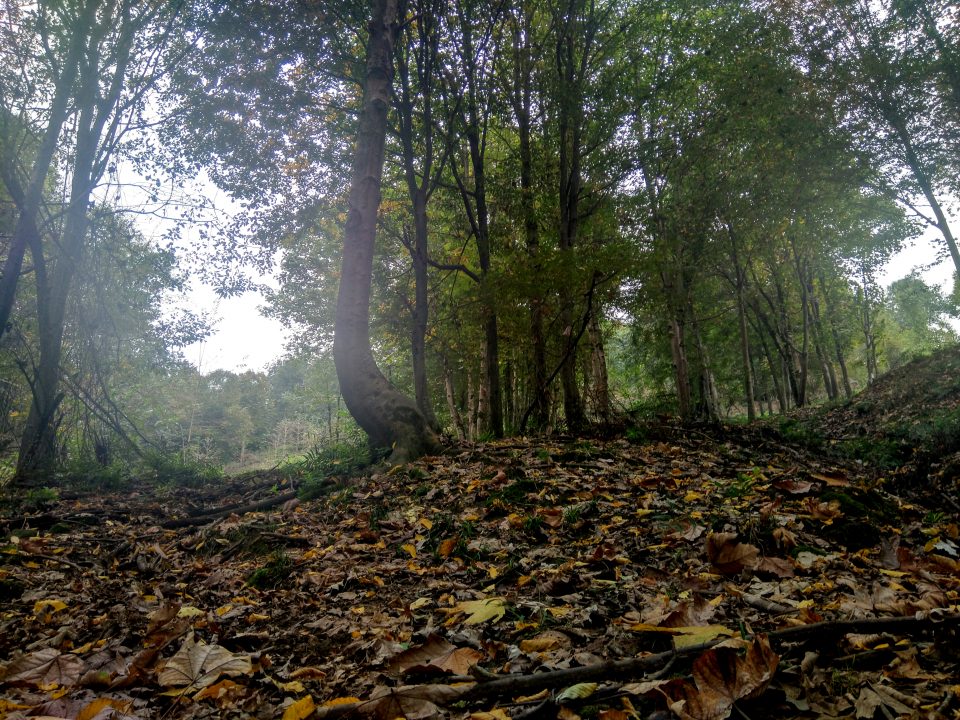Effective conditions in choosing the best time to plant seedlings

The 400-year-old Quercus of Lishak Siahkal tells a story!
فروردین ۲۸, ۱۴۰۰
Let’s join hands to kindly revive our forest (Section 1 – Plants and Insects)
مهر ۱۹, ۱۴۰۰in previous articles, we explained about Siahkal Lishak forest and the challenges of planting on the clear-cutting areas. also, exotic species like Picea glauca and … is another challenge. In addition methods of preparing the ground for planting, seedlings were another topic we speak about.
This article deals with the right time and conditions for planting seedlings.
With the passing of cold winter days and at the same time with the middle of the last month of winter, many trees are planted every year on the occasion of Arbor Day in Iran. The tradition of arboriculture has become attractive to many and even some people have accepted it as an annual event. But after these days, until next year, everything is forgotten. But our way is different, and our commitment to the 400-year-old Quercus to return each of its children remains.
You may be wondering, isn’t it the best time to plant until mid-March? In some ways you are right, but with the following explanations, it becomes clear to you that the time of planting seedlings depends on various factors.
Factors affecting the time of planting seedlings
It is interesting to know that the time of planting seedlings varies according to the interest and habits of the seedlings. Planting is done in different regions according to the climatic conditions of the region. There are limitations to warming the air. In general, in the temperate climate of Guilan, from November to early June, seedlings can be planted in the region. Of course, other factors such as geographical area, weather conditions, and land conditions, and more importantly the amount of rainfall in the rainy season (autumn and winter) and access to water resources can increase this time until mid-June. At present, due to the amount of rainfall in the Lishak area of Siahkal and the availability of conditions, the planting of seedlings will continue until mid-June.
It must have occurred to you that you want to watch something and be behind a crowd of people taller than you, in which case you will not be able to see the event you were looking for. There is something else like this. If there were older and taller trees at the planting site, long shadows would be created and the opportunity for young newly planted seedlings to absorb light would be lost.
Therefore, we had to measure the amount of shade that the trees create and take it into account in our calculations for planting time. To calculate the size of the shadows, after measuring, we determined the highest amount of sunlight (sunshade) in the area and according to the extent of shading and the amount of heat reduction, planting time.
Forest regeneration
Forest regeneration is one of the things that helps to stabilize the environment. One of the most important goals of the project “Bani Jungle” is to create regenerative forests. It was written in school books that plants need adequate water and soil and enough light to grow. These are needed but not enough. The forest, with its resources, creates a living space for the growth of trees and even the presence of other living things such as grasses, plants, seedlings, fruits and even animals and insects.
The presence of wildlife in these forests is important and necessary, and every living thing plays its role. From Dung beetles to boars and foxes each has its effective role. It is interesting to know that boars plow the land and foxes are effective in transferring seeds. Of course, we were not idle to revitalize the region and move the wildlife. By pulling barbed wire and fencing around seedling planting areas, we help protect plant species from being trampled or eaten by livestock. In this way, in addition to planting native seedlings of the region, we help the forest so that herbaceous species and fruits such as Azalea, Hawthorn, Kharmandi, and Arbe, which are the food of forest animals, grow and return to the natural cycle.
Planting seedlings, linear or zigzag?
Seedlings grow in different areas depending on their characteristics and needs. For example, alder seedlings fall into the category of low needs and leader species and prepare the environment for others. Seedlings like beech need a lot and after replacing the original species can find their place and grow. When planting seedlings, we pay attention to such things as ground level, height type, and slope. We plant the trees based on the geographical location of the area, the type of slope and distance of the seedlings, and the variety that we want to create in the area.
We have many reasons to avoid linear planting. One of them is that when planting seedlings is only of a certain species, space is provided for wood cultivation, and since the goal of the “Bani Jungle” is to reforestation and not to wood trade, we plant seedlings.
We plan to use species in a variety of sizes and ages to minimize vulnerability. If this is not observed, as soon as a pest attacks the forest, space is prepared for maximum pest growth, and eventually, the forest area is lost.
To achieve this, the “Bani Jungle” has planted and supplied Family seedlings”, which I will explain in the following about the characteristics of each family. It is not bad to know that the supply of seedlings is available for other countries as well. Your seedling family neighbor may be from another country. Trees talk to each other through their roots, and each may even have a common language for themselves.
Family seedlings
Family seedlings are planted in two groups and with common characteristics. Of course, Quercus is present as a mother and reproductive species in both families.
The first family includes A. subcordata C. A. Mey, Carpinus betulus, Quercus, Acer, and Fraxinus. The members of this family are all sun-loving and can progress and are progressive. For example, A. subcordata C. A. Mey provides the environment for Carpinus betulus and Quercus, and Carpinus betulus provides the environment for Quercus. Acer is generally a hardy species and is easy to replace. Fraxinus seedlings are usually not produced and if they are produced, they are more resistant. These groups help each other and are a good family.
The second family, in addition to the common Quercus species, includesParrotia persica, Buxus Hyrcania, Cerasus avium, and Sorbus torminalis.
When the Fraxinus and Quercus trees have grown a little, in their shade, stabilize species such as Parrotia persica C.A. Meyer and Buxus hyrcana that are not sun-loving and help them to grow and have a good early transition period. Passing this period and becoming stable is one of the most important steps for planting seedlings. When seedlings leave their original home and are to be planted in their permanent home, they need to choose neighboring species that can adapt to their support and grow.
The seedlings, alone or as a family, finally adapt and one day become beautiful trees, passing on our memories to the future. We gift giving the seedlings with all their beauty to ourselves and others, and the forest revives itself to thank us so that we can all take a deep breath.




